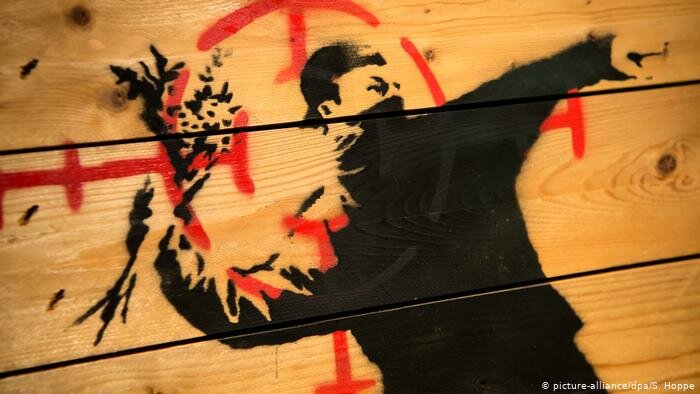Gianpaolo Todisco - Partner
Designer handbags have long been iconic symbols, representing not only the prestige of a brand but also reflecting the status and individuality of their owners. These bags bear the names of some of the most influential fashion houses and celebrities, such as Beyoncé, who elevate their style with these luxurious accessories. However, with their popularity comes the challenge of counterfeiting, which—although widespread—cannot be condoned.
Renowned brands like Hermès, Chanel, and Louis Vuitton rely on a combination of intellectual property rights to protect their brand identities and safeguard their market position. At the same time, handbags provide an essential platform for emerging designers, offering them an opportunity to capture attention quickly and make a name for themselves.
A single handbag can benefit from multiple layers of intellectual property protection. For example, consider the 2017 collaboration between artist Jeff Koons and Louis Vuitton. In this case, the artwork featured on the handbag is protected by copyright, the brand name and logo are covered by trademarks, and the bag's overall shape is safeguarded by industrial design rights. If the handbag incorporates innovative materials or features a novel production process, these elements might also qualify for patent protection. This multi-faceted approach is particularly appealing to younger generations, including Millennials and Gen Z, who frequently showcase their fashion choices on social media platforms like Instagram, often using brands to express their identity.
1. Trademarks
Trademarks are one of the most vital forms of protection in the fashion industry, safeguarding distinctive brand names, logos, and symbols that indicate the source of the product. Fashion houses heavily rely on trademarks because they can be renewed indefinitely, provided they remain in use. Over time, their value increases, making them invaluable assets for these companies. Louis Vuitton’s logo, for instance, is one of the most recognized and powerful trademarks in the world. Founded in 1854, Louis Vuitton secured protection for its iconic "monogram toile" in 1896. Given its longstanding reputation, the brand adopts a strict zero-tolerance stance on counterfeiting, viewing the protection of designer creativity and intellectual property as fundamental to its longevity.
Trademark infringement, particularly in the form of counterfeiting, leads to consumer confusion and can significantly damage a designer's reputation, making it a contentious issue in the fashion world. To register a trademark, the brand must prove that it is distinctive. In cases of infringement, the burden falls on the brand to demonstrate that the counterfeit mark creates a likelihood of confusion regarding the product’s origin.
2. Copyright
Copyright protection can be applied to a handbag, but its coverage is limited. It safeguards original creations, including artistic designs, motifs, and decorative elements incorporated into the bag. However, functional aspects like shape or construction are not protected by copyright and must be defended through other legal mechanisms. One of the key advantages of copyright is that, in many jurisdictions, it does not require formal registration. Designers can enforce their rights if necessary, without going through a lengthy registration process.
3. Patents
Patents offer protection for specific components or innovations in handbag design, but obtaining them can be a complex and time-consuming process. Brands like Hermès and Louis Vuitton, with significant financial and legal resources, are capable of securing patent protection, even when the outcome of enforcement efforts may be uncertain. To qualify for a patent, the product must be novel, useful, and non-obvious to experts in the field. For example, a newly developed clasp or an innovative fabric might be eligible for patent protection. Louis Vuitton, for instance, obtained its first patent for a lock in 1890, and more recently, patented a handbag featuring a flexible OLED screen.
4. Industrial Design Rights
Industrial design rights (or design patents) are particularly effective in protecting the aesthetic aspects of handbags. These rights cover the visual elements of a product, including its shape, patterns, and colors. Industrial design rights can often bypass the need to prove distinctiveness or likelihood of confusion, making them a strategic choice for fashion houses like Hermès, Chanel, and even up-and-coming designers such as Victoria Beckham.
5. Unfair Competition
In addition to the specific intellectual property protections outlined above, fashion companies can also invoke unfair competition laws to guard against imitation. By filing claims for unfair competition, brands can target competitors that produce items mimicking the overall look and feel of their products. To prevail, the company must demonstrate that the design is distinctive and that the imitation has caused consumer confusion or damaged the company’s reputation.
Conclusion
By applying a combination of intellectual property rights, fashion designers and brands gain exclusive rights to produce and market their creations. Intellectual property not only turns seasonal products like handbags into timeless, iconic pieces but also strengthens the brand identity of the companies behind them. In this way, intellectual property plays a critical role in protecting innovation, preserving brand reputation, and sustaining the fashion industry as a whole.



















